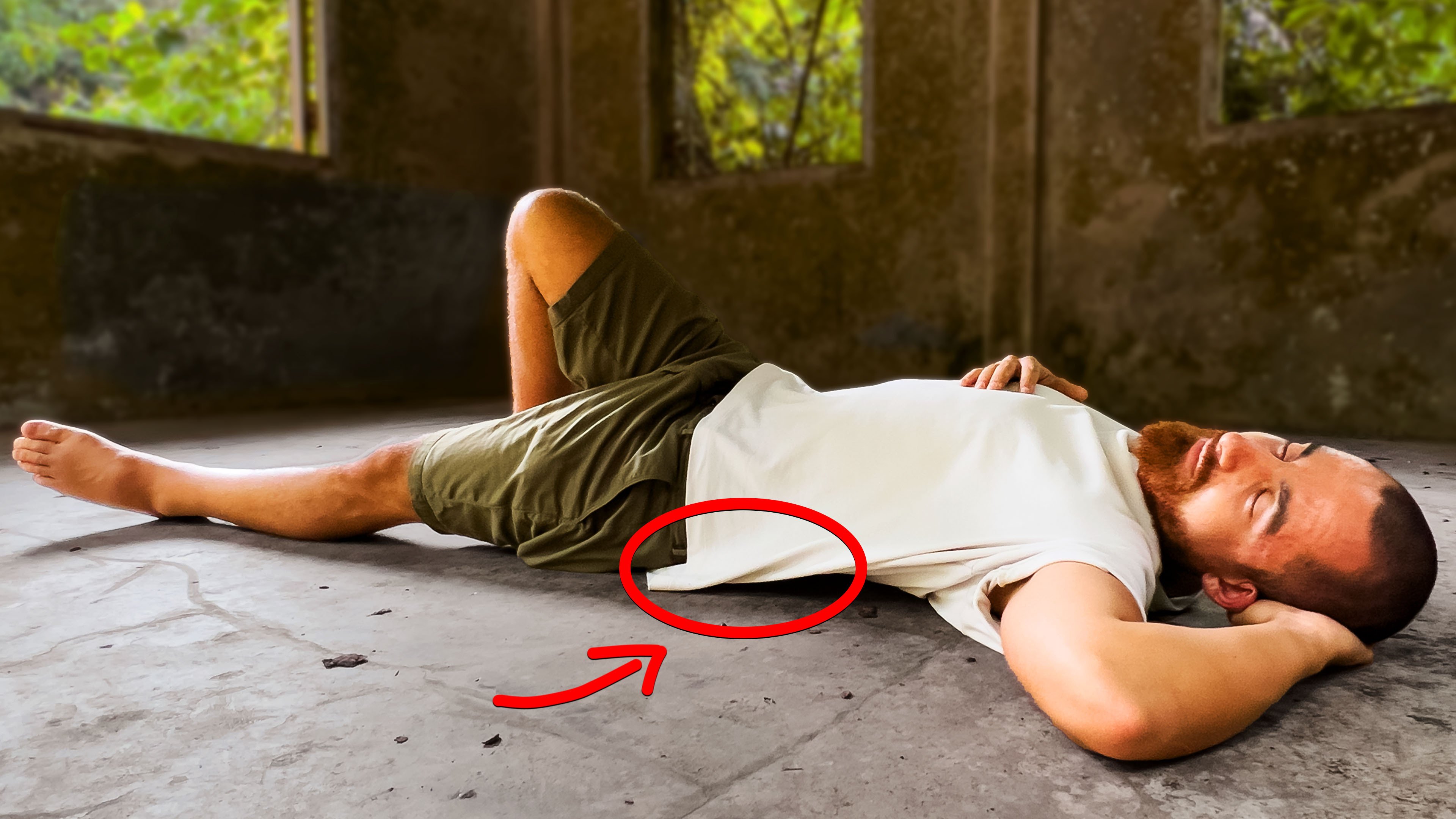Sleeping on the floor has gained attention as an alternative to traditional beds with proponents citing numerous health and wellness benefits (YES BEDS ARE A SCAM). This practice, which is deeply rooted in some cultures, is not just a trend but a lifestyle choice for those people. This FAQ sheet aims to demystify floor sleeping, providing insights into its goals, benefits, best practices, and what newcomers can expect during the transition. I’ve been testing it for the last 4 weeks and i can’t recommend it highly enough. Here’s my experience: https://youtu.be/ICnLS1BbZ_w
Goal of Sleeping on the Floor
The primary goal of sleeping on the floor is multifaceted, focusing on improving overall health and well-being. Advocates of this practice report significant improvements in posture and spinal alignment, leading to less back pain and better body support during sleep. Additionally, floor sleeping is said to promote a deeper, more restorative sleep by facilitating a natural sleeping position, free from the constraints of modern mattresses that can sometimes exacerbate chronic pain issues. Since i’ve been sleeping on the floor i’ve been able to reduce my sleep by 1-2hours without feeling tired.
Health Benefits
The decision to switch to floor sleeping often stems from the desire to alleviate persistent back and neck pain. The firmness of the floor can provide better support for the spine, potentially reducing discomfort associated with conditions like scoliosis, herniated discs, and general backaches. Moreover, some find that this practice enhances sleep quality, resulting in more restful nights and energized mornings.
Cultural Practices
In Japan, for example, the traditional use of tatami mats and futons on the floor is widely used. This cultural usage provides a historical and practical foundation for the practice, suggesting that the benefits of floor sleeping are more than anecdotal. (Yes, we’re not that crazy)
Getting Started
Choosing the Right Surface: Not all floor surfaces are created equal when it comes to sleeping. Hardwood floors or tile can provide the firm support needed for spinal alignment, but they may be too harsh for some. Consider laying down a thin mat, such as a yoga mat, or a folded blanket to create a barrier that offers both support and a bit of cushioning.
Creating a Comfortable Setup: The key to a successful transition is finding the right balance between firmness and comfort. Start with a thin mattress, futon, or several layers of blankets. The goal is to protect your body from the hard floor without negating the benefits of firm support. Experiment with different setups to find what works best for you.
Optimal Sleeping Positions: Back sleeping is often recommended for floor sleepers, as it allows your spine to rest in a neutral position. If you prefer sleeping on your side, keep your legs slightly bent and consider placing a pillow between your knees to maintain hip alignment. Stomach sleeping is generally discouraged due to the strain it can place on your neck and lower back.
Adjusting to Your New Sleeping Environment: Transitioning to floor sleeping can take time. Start by incorporating floor naps into your routine or sleeping every other night on the floor until your body adjusts. Listen to your body and make modifications to your sleeping setup as needed to ensure comfort and proper support.
Room Temperature and Environment: The floor can be cooler than your bed, especially in colder months (in thailand this gives an additional cooling factor - which is nice). Ensure your sleeping area is warm enough by adjusting the room temperature or using additional blankets. A clean, quiet, and dark environment will also help promote a good night's sleep.
Floor Cleanliness: Maintain a clean sleeping area to prevent dust and allergens from affecting your health. Regularly clean your floor and wash any mats, blankets, or bedding you use. I am allergic to some dust and once it's getting to dusty my nose definitely feels the difference on the floor.
The First Days: What to Expect Initial Discomfort and Adjustment Period: It's normal to feel some discomfort, such as stiffness or soreness, when you first start sleeping on the floor. Your body is adjusting to a new surface, and these sensations are typically temporary.
Duration of Adjustment Period: The adjustment period varies from person to person but generally lasts a few days to a couple of weeks. Gradually, your body becomes accustomed to the new sleeping arrangement, and discomfort should diminish.
Overcoming Initial Challenges Easing Into It: If the transition proves difficult, consider alternating between your bed and the floor until you're more comfortable. Short, incremental adjustments can make the transition smoother and less daunting.
Managing Discomfort: Simple measures like stretching before bed, using a warm bath to relax muscles, or adjusting your sleeping setup can significantly reduce discomfort. Over time, these practices can help ease the transition and improve your floor sleeping experience.
Last but not least - listen to your body!
This practice is not for everybody, try it for a couple of days and see if you can push through the initial challenges… the rewards once your body gets used to it are worth it.
If you have any questions reach out!
Stay hard - Max

